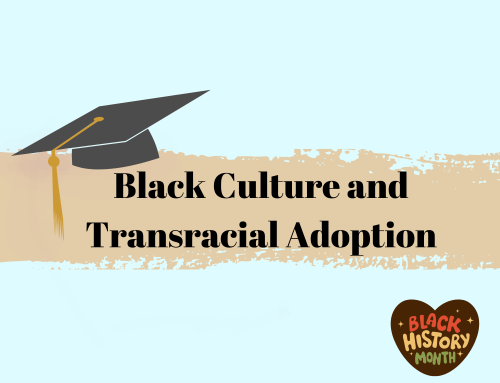Transracial Adoption History
Transracial adoption has a long, complex history in the United States. The U.S. saw a major increase in adoption in general during the 1940s. But the first known transracial adoption of a black child by white parents occurred in 1948. A subsequent increase in the number of transracial adoptions occurred throughout the years.
However, racial equality was making slow progress throughout the country. Black social workers in the field experienced growing concerns over the ability of white adoptive parents raising black children. In September 1972, the National Association of Black Social Workers (NABSW) released a statement on transracial adoption. They asserted the need for black children to be raised in black families.
National Association of Black Social Workers Beliefs
The association’s reasoning for this position was the belief “that they [black children] receive the total sense of themselves and develop a sound projection of their future.” The social workers believed raising children in a family of the same racial background provided them the tools to navigate through a race-based society from a young age. NABSW proposed that instead of facilitating transracial adoption, agencies should alter their practices and conditions to accommodate black prospective adoptive parents. Strict requirements such as income levels, educational achievements, and residential areas were all based on the standards of the white, middle-class. These standards made it nearly impossible for black families to be considered as they had been historically marginalized. Also, the NABSW called for adoption agencies to recognize kinship, a practice common to the Black community where extended family members raise children instead of their birth parents.
It has been nearly 50 years since the NABSW released their statement on transracial adoption. But the concerns they expressed are just as valid today. Last year saw a heightened tension regarding racism, police brutality, and the Black Lives Matter movement. Parents are concerned and want to learn the best ways to raise their children in today’s social climate.
African American Birth and Adoptive Parents share their view on this subject
AFTH addressed this topic heavily in season 6 of AFTHtv. In episode 4, AFTHtv host Amanda Aliberti, spoke with two African-American birth parents. Birth mother, Asia, placed her son with a white family. Racial issues were not her forethought when picking a family to place with. Although Asia vehemently knows she made the right decision, she notes the concern she does have for her son given the current social climate. Asia recognizes the fact that as a black male, her son is at a greater risk of experiencing racism; as several black men have lost their lives to unnecessary violence. Birth father, Samai discussed that there are white and other adoptive parents who are willing and eager to learn more about the best way to care for their child. Both parents agreed the key is open communication between both the birth and adoptive family.
In episode 8 of the season, Amanda spoke with Denise a Black, adoptive mother. Denise, who is also raising a black son, expressed her preference for black children to be raised in families of the same race. She acknowledged the fact that Black birth parents often do not have the option of placing with Black families. Denise’s concerns echo the sentiments shared by the NABSW. Today, black prospective parents still face obstacles on the road to adoption. The socioeconomic issues caused by racial inequality can make it more difficult for black families to meet agency requirements and finance adoption.





